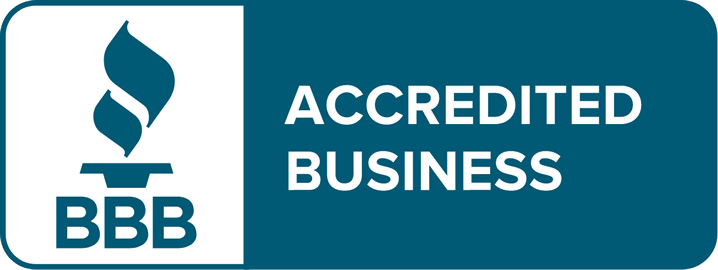In April 2014, the Internal Revenue Service issued over 57 million taxpayers a refund via direct deposit at an average of $2,980 per check. Getting money back from the IRS is easier and faster than ever if you provide your bank account information when e-filing or when filing your paper income tax return.
Many taxpayers are unaware of another simple feature available to them regarding their tax refunds; splitting. The IRS will allow you to split your refund into multiple bank accounts. This provides you flexibility to allocate a portion of your refund into your checking account and the remainder into your savings account. Moreover, you can use a portion of your refund to purchase U.S. Series I Savings Bond. These bonds can be for your or other individuals (children, grandchildren) but the total amount of bonds purchased cannot exceed $5,000.
In order to request a split of your refund, complete and attach IRS Form 8888 with your e-filed or paper income tax return. Make sure to include your name, social security number, bank account and routing numbers along with your account type. Next, allocate the exact amounts for each account and designate if you seek to purchase a savings bond. Finally, it is important to review your form for accuracy to avoid any delay.
Funds can be divided in any amount up to and amongst three different bank accounts (within the U.S.). This includes your own account, your spouse’s account or a joint account. Further, taxpayers who file IRS Forms 1040, 1040A, 1040EZ, 1040NR, 1040NR-EZ, 1040-SS, or 1040-PR are all eligible to file Form 8888. It is advised that you contact your bank first to ensure your direct deposit will be accepted.
Also make note of some restrictions. Your refund cannot be divided between a paper check and direct deposit. On Form 8888 you can choose it be issued either via direct deposit or paper check. In addition, refunds from a prior year return cannot be directly deposited nor split. Finally, if you are simply seeking to have your refund be issued to only one account, Form 8888 is not necessary. This can be requested directly on your income tax return.
With the flexibility to manage your finances more efficiently, filing IRS Form 8888 can help ensure your income tax refund is directed securely to where you need it.
In April 2014, the Internal Revenue Service issued over 57 million taxpayers a refund via direct deposit at an average of $2,980 per check. Getting money back from the IRS is easier and faster than ever if you provide your bank account information when e-filing or when filing your paper income tax return.
Many taxpayers are unaware of another simple feature available to them regarding their tax refunds; splitting. The IRS will allow you to split your refund into multiple bank accounts. This provides you flexibility to allocate a portion of your refund into your checking account and the remainder into your savings account. Moreover, you can use a portion of your refund to purchase U.S. Series I Savings Bond. These bonds can be for your or other individuals (children, grandchildren) but the total amount of bonds purchased cannot exceed $5,000.
In order to request a split of your refund, complete and attach IRS Form 8888 with your e-filed or paper income tax return. Make sure to include your name, social security number, bank account and routing numbers along with your account type. Next, allocate the exact amounts for each account and designate if you seek to purchase a savings bond. Finally, it is important to review your form for accuracy to avoid any delay.
Funds can be divided in any amount up to and amongst three different bank accounts (within the U.S.). This includes your own account, your spouse’s account or a joint account. Further, taxpayers who file IRS Forms 1040, 1040A, 1040EZ, 1040NR, 1040NR-EZ, 1040-SS, or 1040-PR are all eligible to file Form 8888. It is advised that you contact your bank first to ensure your direct deposit will be accepted.
Also make note of some restrictions. Your refund cannot be divided between a paper check and direct deposit. On Form 8888 you can choose it be issued either via direct deposit or paper check. In addition, refunds from a prior year return cannot be directly deposited nor split. Finally, if you are simply seeking to have your refund be issued to only one account, Form 8888 is not necessary. This can be requested directly on your income tax return.
With the flexibility to manage your finances more efficiently, filing IRS Form 8888 can help ensure your income tax refund is directed securely to where you need it.


